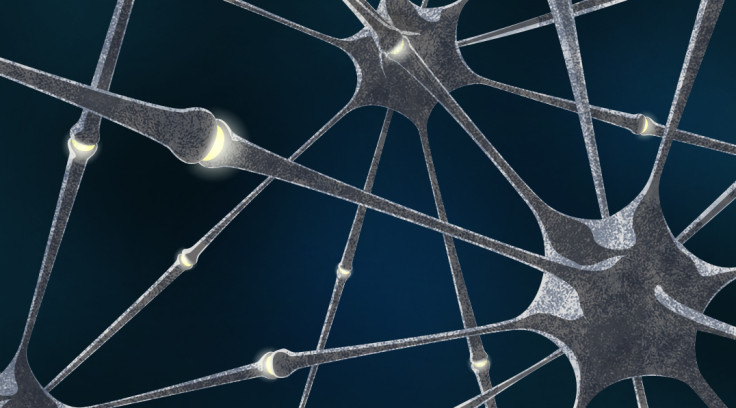Can we replicate the human brain? Scientists create nanoscale electronic synapses for neural networks

As part of the continued quest to design computers that can process information as quickly as the human mind, Russian scientists have developed a new prototype for electronic synapses that uses hafnium oxide-based memristors built at a nanoscale to emulate certain functions of a real brain synapse.
At present, neural networks built by Google and other research institutions around the world consist of computers that are being trained using complex computer algorithms to solve complex problems and gain a deeper recognition and understanding of art and the world around us.
It is incredibly difficult to replicate the human mind however, and at present, computers can only compare to the brain of a cat. Thus some of these neural network experiments have seen unusual results, like Google's DeepMind neural network placing the heads of dogs onto abstract shapes thanks to AI "inceptionism" image recognition software.
"The biological brain is much more efficient and much faster for image recognition – it can be done in 0.1 of a second. So people want to replicate the brain, but the brain's architecture is completely different to the architecture of a computer," Dr Andrei Zenkevich, head of the Laboratory of Functional Materials and Devices for Nanoelectronics at Moscow Institute of Physics and Technology (MIPT) told IBTimes UK.
"People are still trying to figure this out. Nevertheless, in some models there are neurons connected by synapses, and each neuron has 10,000 connections with other neurons. It is believed that information is processed by changing the conductivity of the synapses. When you process and get the information, the signals going along the chain of synapses changes."
Trying to replicate real brain synapses
In the past, it was very difficult to reproduce synapses because there are billions of neurons and thousands of synapses in the human brain, and the only way to get even remotely close to the power of a human brain using ordinary electronics would be to utilise a gigantic amount of circuitry that would consume huge amounts of power.
But then in 2008, researchers from HP Labs managed to bring to life the concept of a memristor (short for memory resistor) using titanium oxide with two platinum electrodes, which means that the conductivity in their memristor device changes depending on the charge passing through it, and the connectivity can be changed from high to low.
This is similar to the way brain synapses work, and could make it possible for much more energy-efficient computer systems to be developed that have memories that retain information even when the power is off, so in the future, computers wouldn't need to boot up and could be switched off and on like an electric light.
So now, researchers all over the world are trying to use the memristors technology to develop electronic synapses that work just like the human brain, to power neural networks of the future where computers are capable of understanding and processing information as well and as quickly as a human can.
Demonstrating spike-timing dependent plasticity at a nanoscale
To that end, the researchers at MIPT have succeeded in using hafnium oxide to make nanoscale memristors measuring just 40x40 nm<sup>2 for the first time, and even more interesting, these memristors are able to emulate brain synaptic properties like potentiation, depression and spike-timing dependent plasticity (STDP).
"STDP has been proven by biology to be the origin of associated learning – when you see something and hear something, and your brain learns to associate the sight of something with the sound of it. Depending on the relative timing of the signal on the synapses, the neuron is changing its weight or conductivity, and people have been trying to emulate this functionality in memristors," Zenkevich explained.
At the moment, no one yet knows exactly how to incorporate electronic synapses into a neural network, but eventually, the dream will be to use these synapses to store and distribute information in neural networks.
"The detailed physical mechanism behind the function of the memristors in question is still debated. However, the qualitative model is as follows: in the metal–ultrathin oxide–metal structure, charged point defects, such as vacancies of oxygen atoms, are formed and move around in the oxide layer when exposed to an electric field. It is these defects that are responsible for the reversible change in the conductivity of the oxide layer," said Sergey Zakharchenko, co-author of the paper and researcher at MIPT's Laboratory of Functional Materials and Devices for Nanoelectronics.
The open access paper, entitled "Crossbar Nanoscale HfO2-Based Electronic Synapses", is published in the journal Nanoscale Research Letters.
© Copyright IBTimes 2024. All rights reserved.






















